While the discussions about a possible deployment of SADC forces in the Kivu’s are still ongoing Tshisekedi’s cesspool is getting smellier by the day

The M23 is now de facto surrounding Goma and is only allowing access to the city by air, boat and via the exit road to Bukavu and Minova. The FARDC-FDLR coalition has withdrawn its heavy artillery pieces to Munigi, just outside the city. However, mobile M23 units are also present in this area and can block the airport whenever they wish. Invading and occupying Goma does not fit into the strategy of the rebels. Instead, they are applying extra pressure on Kinshasa by exploiting divisions within the coalition and highlighting Tshisekedi's inability to win the war on the battlefield.
Until yesterday the mercenaries kept on bombarding M23 positions around Kibumba. But their aiming was unprecise, they hit several civilian targets and the M23 were well protected in their trenches and bunkers. Tshisekedi is running out of options: his collaboration with Rwandan Hutu extremist groups such as the FDLR, armed militias and hundreds of foreign mercenaries has failed. The new weapons Kinshasa bought, and the newly trained and outfitted Congolese “Iboux” troops were also outperformed by the more mobile and battle-ready M23 soldiers. In the past, Kinshasa had tried to convince MONUSCO and the FARDC to step in and do their fighting; the rules of their engagement were not offensive, even though Kinshasa had convinced the Congolese population that they had deployed to fight the rebels. But this trick didn’t work either. As we speak Tshisekedi & co are trying to use the last Joker they have left in this very confusing game that is already starting to resemble at a very smelly cesspit: the Congolese president now seems to be convinced that he can convince the SADC to step in with troops to counter Makenga & co. Time is pressing! In December, elections will decide if he can stick to power. He already tried to neutralize most of his opponents but, some of them are fighting back and he’s starting to feel their warm breath in his neck. Tshisekedi also made a formal promise to drive the M23 out of Congo before the elections. To avoid shame and loss of face, only the deployment of a friendly foreign force in the Kivu’s can save him from the political gallows. But will he succeed?

We confronted several foreign observers and diplomats with this question and it quickly became clear to us that you can split them up in two groups: the one that believes that Tshisekedi already has a fixes deal with the South-Africans and that they will deploy very soon in and around Goma and the other one who judges that the Congolese president is positioning again the wagon in front of the oxen, that some of most of the SADC members might think twice before they’ll send their soldiers to a war zone in which they will be considered as hostiles by many people, etc. We’ll try to sum up our findings, observations, and the opinions we registered. We’ll also check up on the opinion and the attitude of the M23 itself. After that, you’ll be able to judge better yourself if a possible deployment of SADC troops will be the solution to solve the problem. Or if a deployment like this can “Uber Haupt” be possible.
Current stand-off
Most of the observers agree that the FARDC coalition was pushed back into Goma by the M23 and that Tshisekedi is now running out of options. A European diplomat in Kinshasa: “We were all surprised how easy it was for the M23 to counter these attacks. We all thought that the FARDC coalition had more in stock; the propaganda machine of Patrick Muyaya had prepped most of the Congolese for an easy victory with the new weapons the FARDC had bought, newly trained troops dressed in the latest fashion- and gadget uniforms, mercenaries and militia’s that were now fighting for the liberation of their country. That propaganda bulb was shattered in a couple of weeks by the far more disciplined and resilient M23.” “This is all the result of a long series of bad decisions that were based on wishful thinking,” tells us a foreign military observer. “The M23 were given too much time to dig themselves in and to develop their counter strategy. And they did this well on the political level as well; via the social media they were able to torpedo a couple of big propaganda tricks of Kinshasa. Tshisekedi and Muyaya didn’t provide a clear answer on their collaboration with negative and terrorist labeled forces such as the FDLR. They set up the population against MONUSCO and later also against the EACRF contingent. They had already lost the momentum to attack when the bigger hostilities started. Both MONUSCO and the EACRF witnessed openly that it was the FARDC coalition force that broke the cease fire several times. This all has added up to this situation in which Kinshasa is running out of tolerance credit in Europe and in the US. For a lot of foreign countries Tshisekedi is becoming a liability for himself and the outside world that wants to see a more docile regime in place that can guarantee a steady outflow of minerals without causing too much havoc. “
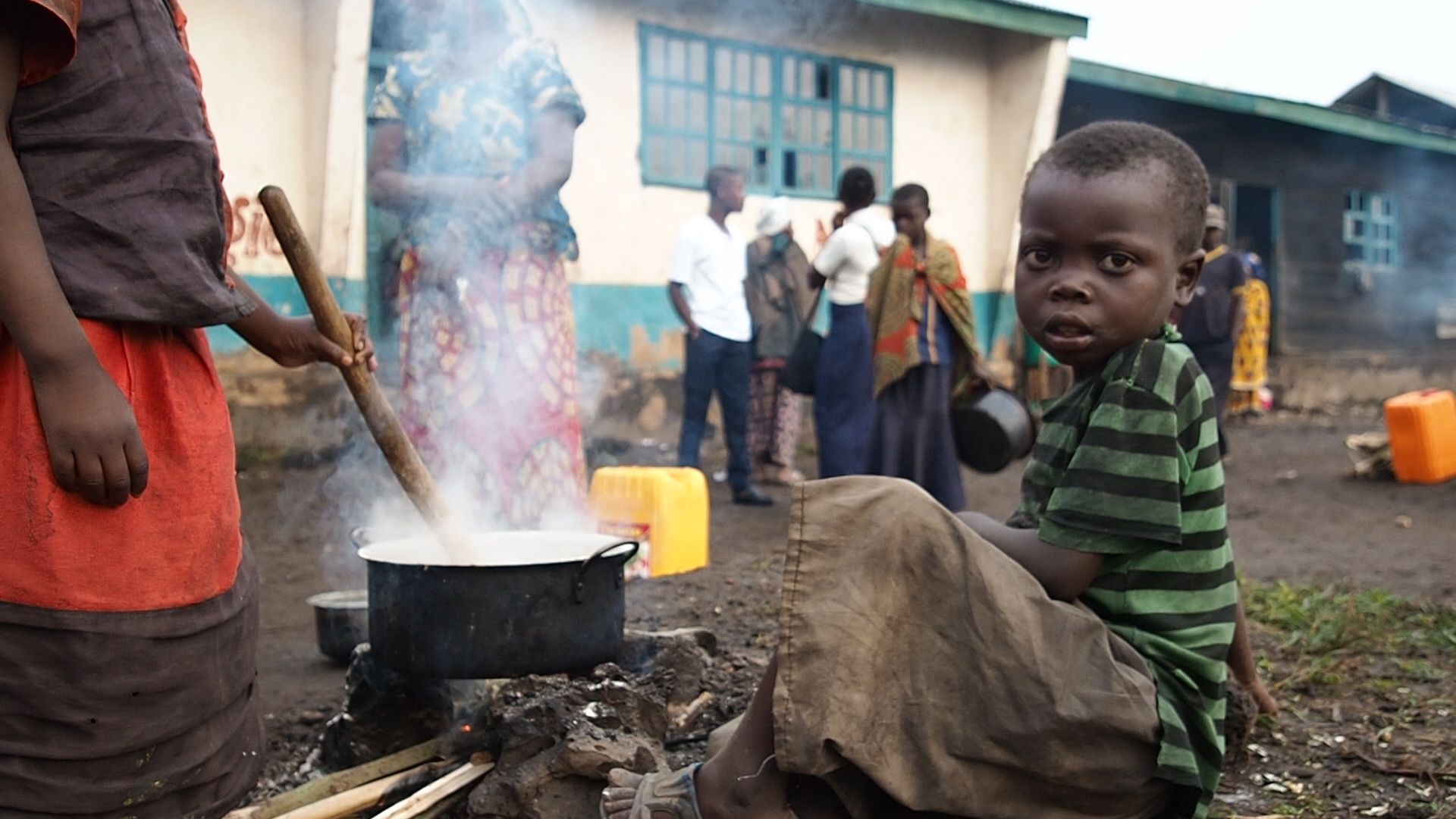
Some observers seem to be convinced that Kinshasa was able to convince South Africa to step in and to send the much-needed troops to counter the M23 treat. Others do not agree on that. For some just thinking back to the scenario that was used in 2013 to push back the M23 might allow them to think that this might work again now. But is that so? The situation in the field has changed, the SADCF might lack the logistics and the funds to make this happen and some SADC member countries might have different opinions as well.
Options and indications
Both the UN-MONUSCO and the EACRF were asked by the Congolese government to leave the country. And now the road is open for a SADC-force to replace them, to engage in the fighting with the M23 and to force them into ‘cantonment”. There is talk of a division strong SADC-force that would have to be strong enough to clear that job. Based on our discussions with several observers and diplomats we’ll give you a summary of their most important remarks:
1/ It would be very naïve to think that the strategy that was used in 2013 will work again this time: not only is the M23 we see today much stronger and better equipped as last time; they are also able this time to prepare better politically and mentally to stand their ground. They withdrew in 2013 under pressure of Rwanda and the Rwandans will put less pressure on them this time to obey. They also learned that Kinshasa as well as the international community didn’t keep their promises to allow the Tutsi refugees to return from Rwanda and from Uganda, to find a solution for the re-integration of the troops, etc. They are asking themselves why they should even consider a cantonment in a deal where nobody asked or considered their opinion. They are also convinced of the fact that in a possible scenario that the government would engage in direct talks with them the same government might throw the signed papers of that deal in a garbage bag once the moment seems fit. To cut all this short: they lost their faith in this kind of peace deals.

The M23 also learned a lot from the mistakes it made in 2013; moving into Goma was one of those mistakes. Another important factor is the fact that Kinshasa breached the rules of the EAC agreement and the decisions that were taken in Nairobi and in Luanda. The M23 complied with most of these demands and the outside world witnessed Kinshasa’s stubbornness to talk directly to the rebels.
2/ It will be difficult to convince the international community to show the same level of understanding as they did in 2013. The involvement of Rwanda is also much less clear as ten years ago, but the Rwandan public opinion is now standing firmly behind the cause of the M23 because many Rwandans are related to them, they are looked upon as a friendly force that protects them against the Hutu extremists, etc.
3/ The SADC is internally divided as well about the need to send troops to the Kivu’s. Tanzania has already a contingent of 800 soldiers under the MONUSCO banner in Congo. This is one of the reasons why the attempt of South-Africa to send SADC troops in Mai of this year was unsuccessful. The Tanzanians know the field and they know that the M23 will most probably put up a fight to defend its positions. The public opinion in countries such as Tanzania might soon turn against their governments when they see their soldiers returning home in body bags. Angola is also a member state of the SADC. They said that they want to send troops to survey the smoothness of the cantonment but as it is already 150 % sure that this process will not take place. They might think twice to position themselves into the role as an aggressive force that collaborates with genocidaires such as the FDLR. Ther same goes for Malawi. By agreeing to become the new protector of the FARDC and to fight alongside the FDLR the SADC will galvanize this mafiosi structure. Angola would have to bury its reputation and role as one of the principal mediators in this conflict and the South Africans would have to digest the diplomatic wrath of a lot of other African countries.
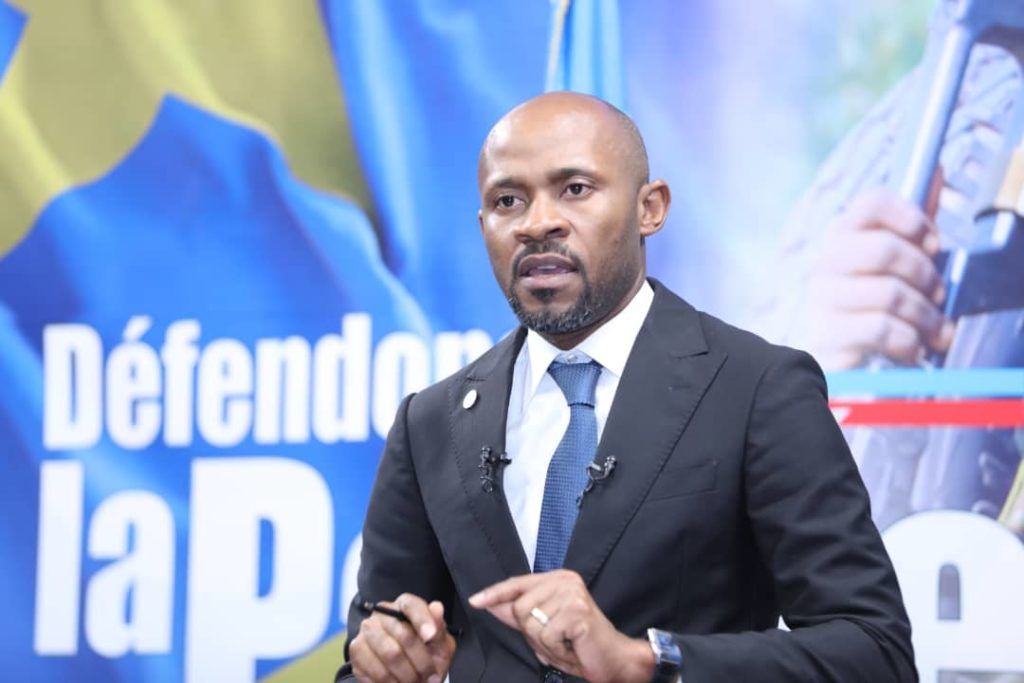
4/ South-Africa has been the leading force behind the SADC forces but its army is missing the necessary funds now to maintain its readiness. Ten years ago, the SADF had several operational helicopters, and it could still rely on good weapons. The weakness of the current SADF became very visible in Mozambique where its troops lacked the motivation and the discipline to counter the Muslim extremists. Without the active support of the Rwandan RDF the SADF shield would have been severely damaged in Cabo del Gado. Nearly every week articles appeared in South-African newspapers that its troops lack the funds to function well in Mozambique. Compared to the jihadi force in Cabo del Gado the M23 is well disciplined outfit composed of soldiers who are highly motivated to fight for their cause. The M23 is also much better equipped. How are the SADC troops going to deal with that?
5/ The key to this discussion is the question who will finance a SADC operation like this? Even those who are in favor of this intervention are breaking their teeth on this bone. As the Kivu’s have become now a third level conflict, after Israel and Ukraine, the international community might even put more doubts on the necessity to finance a project that will not succeed. We hear that Congo is already proposing to pay itself the main bill but that would turn the SADF into a kind of mercenary force, after the Romanians and the Burundian Imbonerakure (Burundi’s version of Interahamwe-FDLR) , who are now fighting side by side with the FDLR and the FARDC. Those Burundians are targeted by the M23 who look at them as their enemies. Even though other Burundians are part of the EAC contingent. It is also a fact that this South African force will lack political credibility if it is not sponsored by big international donors.
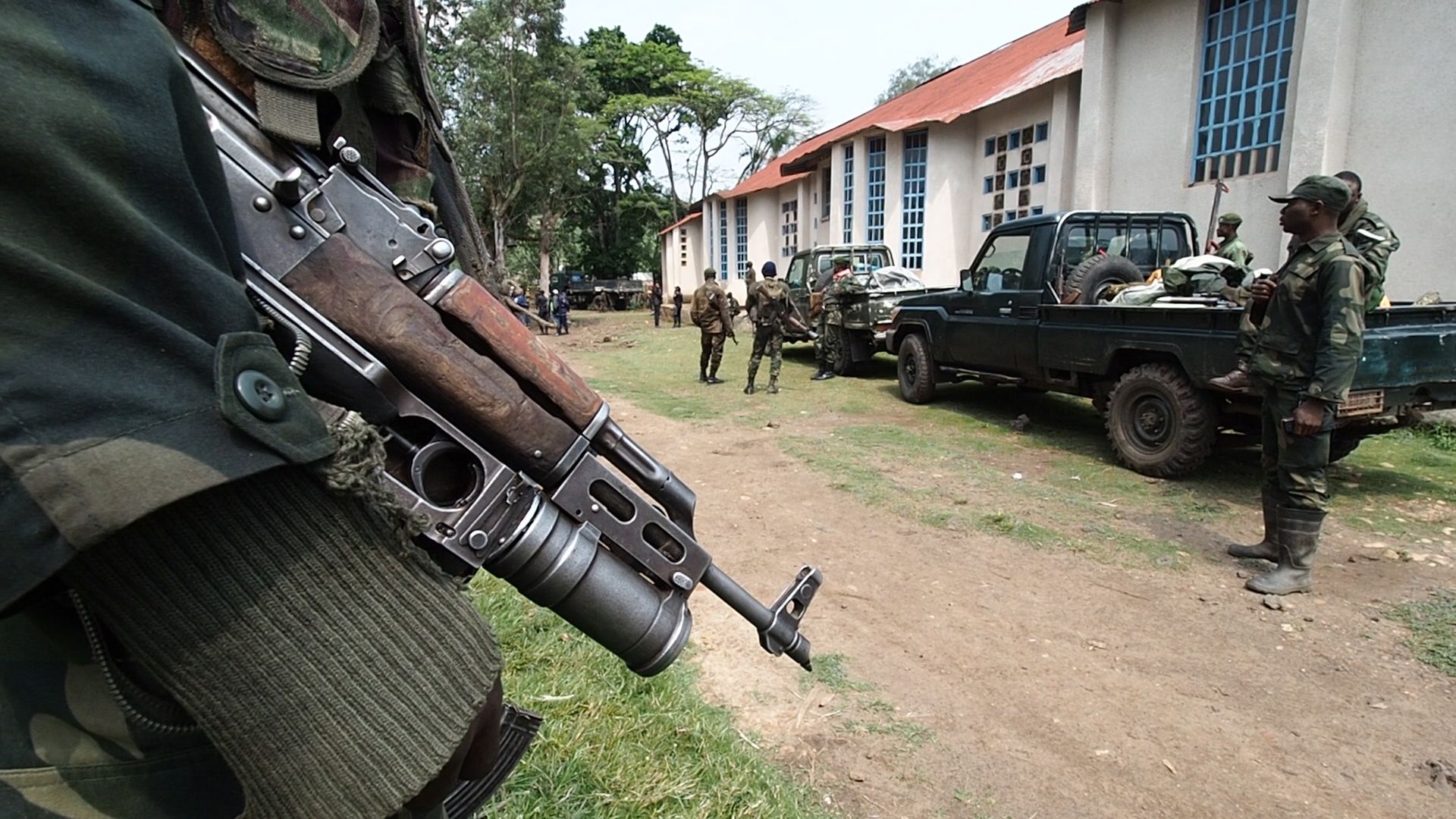
6/ Any force that will declare its hostile attitude towards the M23 will be judged as their enemy. The same goes for foreign forces that step out of the line and attack the M23 alongside this FDLR or the FARDC. Burundian forces already suffered severe casualties in Masisi and in Bwiza-Tongo. And most of the people seem to forget that the M23 is now controlling “the key on the door” of Goma. They are within striking distance of the airport. Without that airport the SADC force would have to disembark its troops in Butembo and Kavumu-Bukavu and this might turn the whole operation into an even bigger logistical and financial nightmare. The access road from Bukavu can also easily be cut off. Once deployed beside the FARDC and the FDLR the number of SADC casualties might get very high. And nobody will be around to protect them against looting and killing militiamen or deserting FARDC soldiers once Kinshasa starts to blame them that they didn’t do their job properly.
7/ Yesterday MONUSCO made an announcement that it would help the FARDC to defend Goma and in the press conference that followed it was announced that the M23 clearly had the intention to occupy Goma again. According to the M23 this is not the case. It would be possible, however, that MONUSCO is willing to make a deal with a SADC-force soon to push them back. They might be looking for an opportunity to rebrand their reputation and to justify their presence in the country. The name that was given to this new alliance is “Springbok”, as if they are already trying to please the South-African audience. This is an antelope but also the name of the South-African rugby team. So, de facto, MONUSCO will agree to collaborate with an army that is relying on extremist groups such as the FDLR and mercenaries. Who can justify this kind of scenario in which a UN force collaborates with groups such as f.i. HAMAS and the Russian Wagner group to set things straight in a country? This comparison might seem extreme for many outsiders, but the FDLR was labeled officially as a ‘terrorist” organization and the UN has written rules about a possible collaboration with mercenaries. So MONUSCO will be walking on very thin ice very soon. And this ice will get even thinner when the SADC starts collaborating with this coalition as well. Just like MONUSCO, the SADC will bypass its correctness if they fall into this trap.
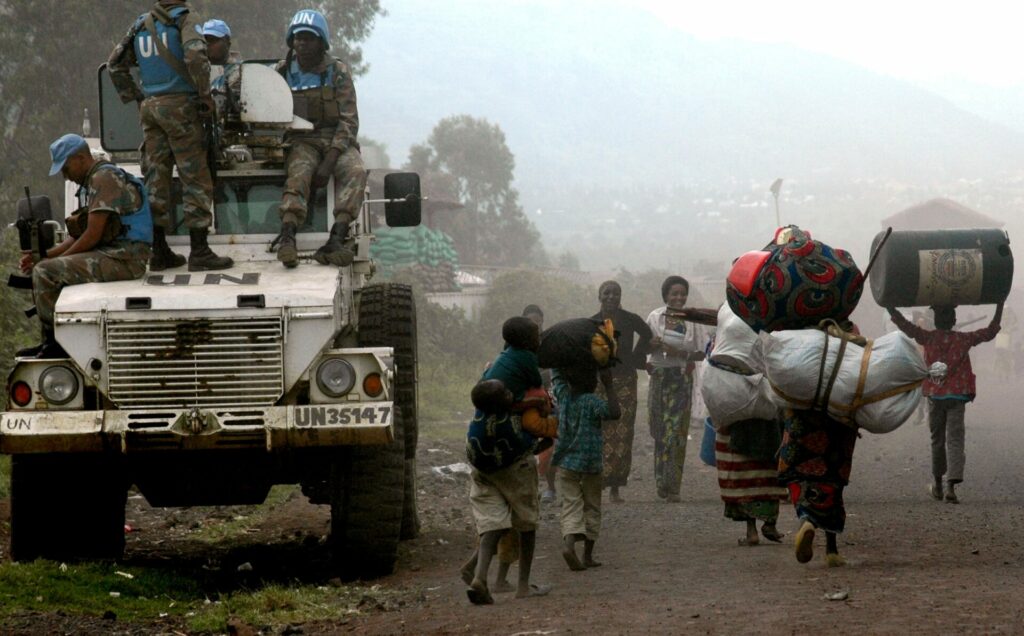
8/ Instead of complying to Kinshasa’s demand to evacuate Congo the EACRF might decide to stay put; the situation in the DRC is a direct threat to their own security and their own economies. Countries like Rwanda, Kenya, Uganda do not want to balkanize the DRC. They just want peace with their neighbors, and they just want to develop their own economies without being forced to watch over their shoulders all the time for radicals who are using the Kivu’s as their rear base to stage their attacks. We hear that negotiations are already taking place behind the curtains to discuss this option. Some countries within the EAC are also members of the SADC and the EAC scored well with its softer approach to stop the war in the Kivu’s. Potential sponsors of future peace restoring operations should keep this option in mind. This would also be an occasion to confront the Congolese government with a very clear signal that its neighboring countries are not willing to put up any longer with its mafia policy.
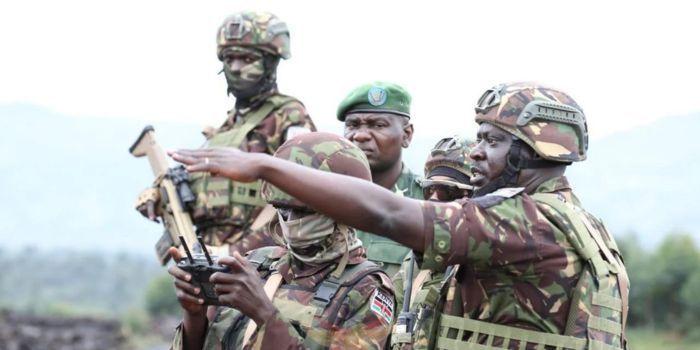
Joker
A normal card deck contains two Jokers, and they are used to save a player out of a bad situation and turn the odds into his favor. Some other card decks on the market contain three Jokers so that if one gets lost a spare one is available. The corrupt card decks that are sold by the Congolese government are containing at least ten of them. Tshisekedi is now using one of his last ones. He is cheating in this poker game with the permission of the international community. Most of the Congolese are following him in this madness because they do not master the correct history of their country. Professional manipulators such as Patrick Muyaya can pump nonsense arguments into their brains without interference. Racism and hatred are setting the rules in Congo, and it will take a long time to root this out.
Adeline Umutoni & Marc Hoogsteyns, Kivu Press Agency
